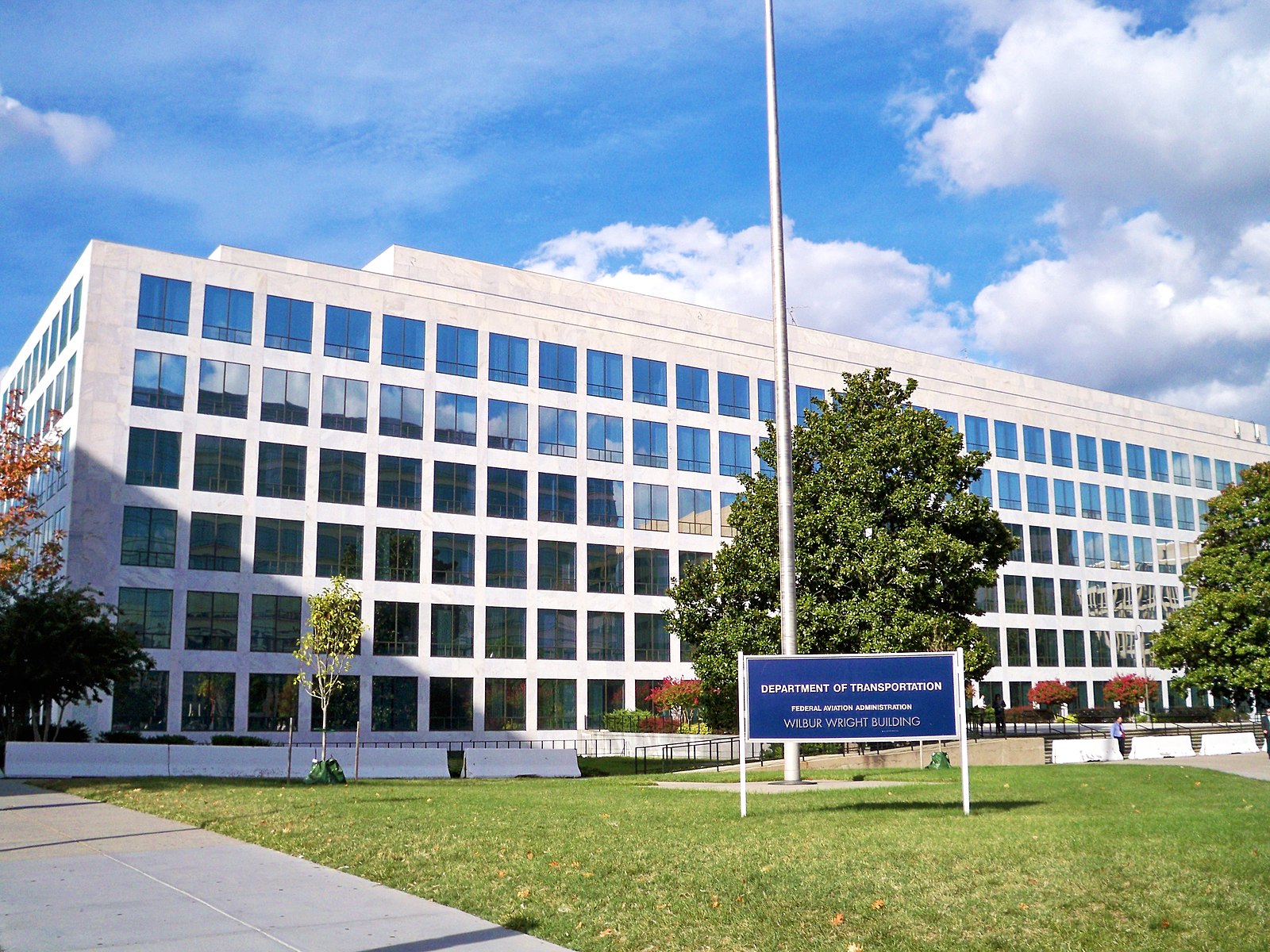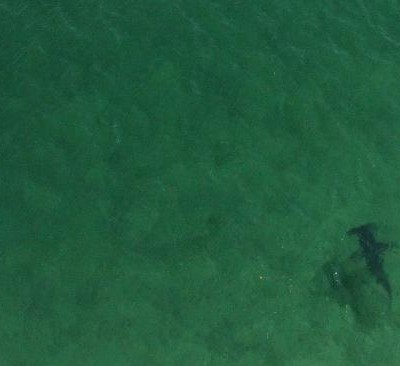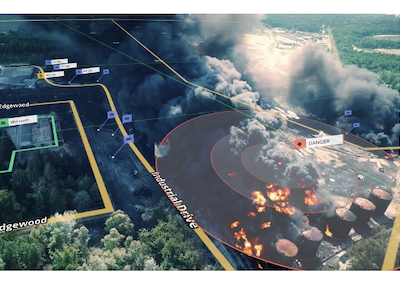Provisions about drones, autonomy, and the BEYOND program are included in the five-year FAA reauthorization bill that passed the Senate late last week, a day before the current law governing the FAA was due to expire. The Senate also passed a one-week extension to allow the House to pass the bill in the week ahead.

The bill had been stalled over a variety of issues such as the number of flights allowed at Reagan National airport and attempts to add unrelated provisions.
In addition to the drone provisions, the bill, known as the “Securing Growth and Robust Leadership in America Aviation Act”, will implement new aviation safety standards and consumer protections. It includes money for airport modernization, technology programs and additional aircraft controllers; and provisions aimed at avoiding runway collisions and improved customer service.
The bill calls for the FAA to, within a year, establish a comprehensive plan for the integration of autonomous UAS into the national airspace
Among additional provisions relevant to unmanned systems and autonomy in the act:
· The FAA will establish an Unmanned and Autonomous Flight Advisory Committee within a year, to provide advice on policy, safety, training, workforce and technical issues.
· Within 2 years the FAA and Department of Defense will conduct a review of the requirements to permit UAS in the national airspace and the FAA will report the results to Congressional committees.
· The FAA BEYOND program will be extended, including existing agreements with state, local and tribal governments until the FAA determines the program is no longer necessary or useful.
· The FAA shall consider expanding the BEYOND program to include additional state, local and tribal governments; as well as consider other expansions in scope. Additional scope might include increased civil aviation automation, emerging aviation technologies, operations of such systems and technologies and the societal and economic impacts of such operations.
· The FAA will implement recommendations in the report titled: “Drones: FAA Should Improve its Approach to Integrating Drones into the National Airspace System” issued in January 2023 by the Government Accounting Office.
· Within a year, and annually after that DOT will report to the FAA which will report to Congress status updates on the audit report “FAA Made Progress Through Its UAS Integration Pilot Program, but FAA and Industry Challenges Remain To Achieve Full UAS Integration’’ issued in April 2022.
· The FAA will carry out a program of UAS test ranges to foster development, testing, and evaluation activities related to UAS and associated technologies; and to support the safe integration of UAS into the national airspace. The program will include existing and new test sites.
· A UAS infrastructure inspection grant program will be established to enable government entities to facilitate the use of small UAS; including more efficient inspection, operation, construction, maintenance and repair of critical infrastructure relevant to worker safety.
· A drone education and training grant program shall be established aimed at educational institutions for small UAS workforce training.
· The Comptroller General shall, within three years, initiate a study of the effectiveness of the UAS Collegiate Training Initiative established in the reauthorization act of 2018.
· The FAA will implement the recommendations made by the Comptroller General in the GAO report ‘‘Drones: FAA Should Improve Its Approach to Integrating Drones into the National Airspace System’’ in January 2023.
· The Inspector General of DOT shall implement will implement recommendations in the audit report ‘‘FAA Made Progress Through Its UAS Integration Pilot Program, but FAA and Industry Challenges Remain to Achieve Full UAS Integration’’ issued in April 2022.
· The FAA may conduct a study to determine the feasibility and economic viability of autonomous or electric-powered track systems that (1) are located underneath airport pavements; and (2) allow a transport category aircraft to taxi without the use of the main engines of the aircraft.






